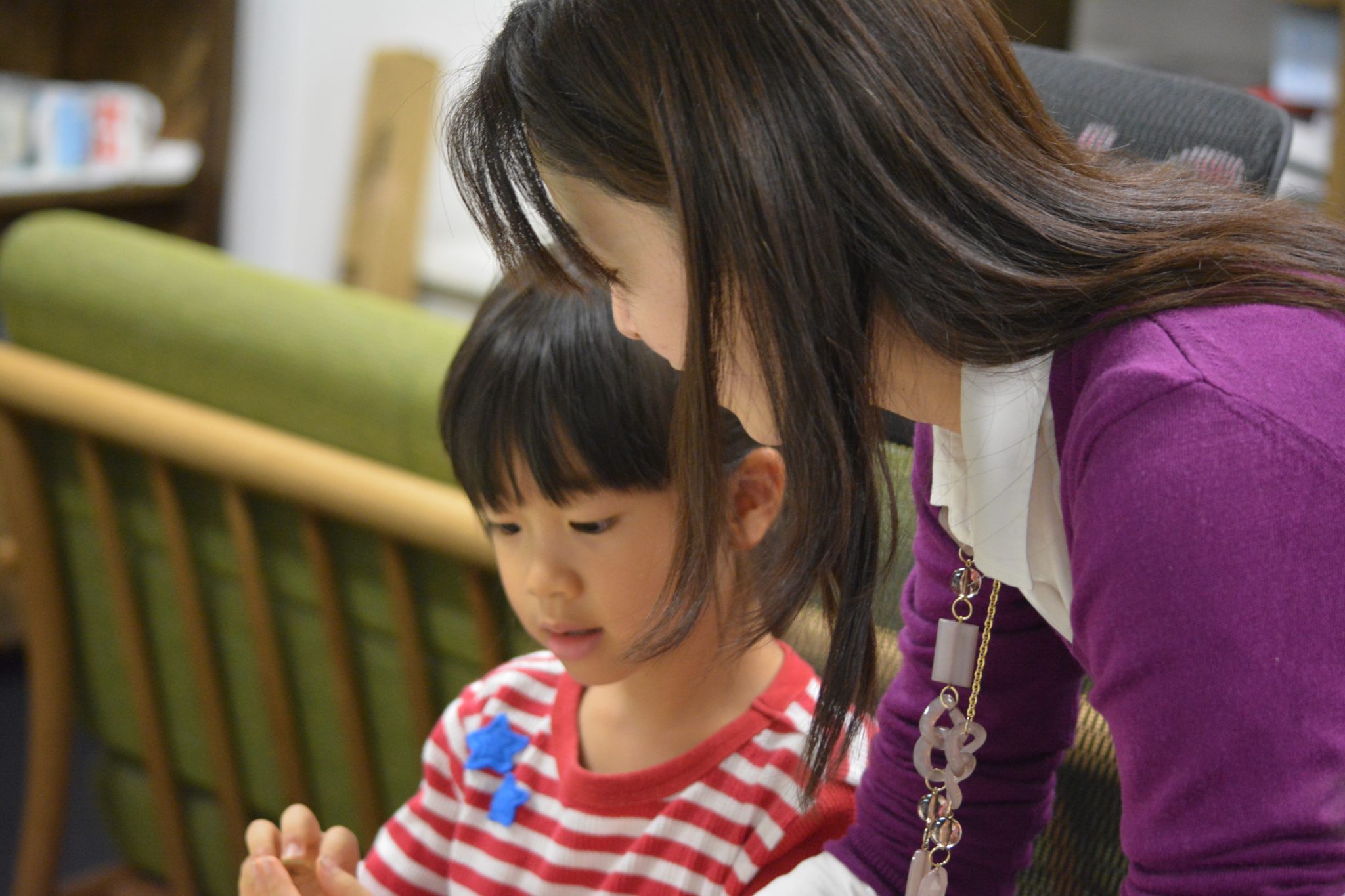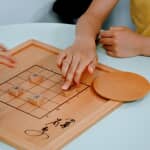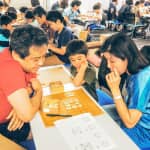Shogi 24 October 2016
Shogi Rules – How to Play Shogi – : Step 1-1 Greetings
Explore art of Shogi. A professional Shogi player invites you to the world of Shogi along with traditional Japanese culture.
Hello. I’m Akiko Nakakura, a professional Shogi player. I would like to share my Shogi lessons with you on our blog of I-tsu-tsu Co., Ltd.
Our students are young sisters; Kaori aged 5 and Ayumi aged 8. They want to learn Shogi secretly so that they can surprise their grandfather who loves Shogi on his birthday. We hope you can join us and enjoy learning Shogi from lesson 1-1. I am also thrilled to see the young girls’ growth through learning Shogi.

Step 1-1 is about greetings. Shogi has three greetings.
“Onegai shimasu (I’d like to rely on you to play this game with me.)”
“Makemashita (I have lost.)”
“Arigatou-gozaimashita (Thank you very much for the game.)”
All Shogi players can properly exchange greetings. The young sisters’ grandfather, Akiko-Sensei, and even the famous Habu-Sensei say “Onegasi shimasu” to begin the game, and “Arigatou gozai-masshita” at the end of the game. Let’s say greeting words cheerfully.
“Makemashita” is what we say for “Toryo (resignation).” Games end with this “toryo,” act of de-claring one’s own loss in Shogi. Shogi is rather an unusual game since a player declares his/her own loss and terminates the game. Most of other games are terminated by time or the judge of an umpire.
Shogi needs two persons to play. So, let’s express our appreciation to the opponents, pieces, Shogi boards, and the other tools by cheerful greetings. Two girls are doing well in greetings.

Comments from the girls’ mom
The girls started the lesson with playing with pieces and a Shogi board. They stacked up the pieces, broke the stacks, and lined up the pieces. The Shogi pieces were like blocks, puzzles, or cards for them. We can think of many different ideas of using Shogi pieces as toys. Akiko-sensei fully taught the girls the rules of proper etiquette. The girls straightened up their backs and looked taller during the lesson.
The next step




